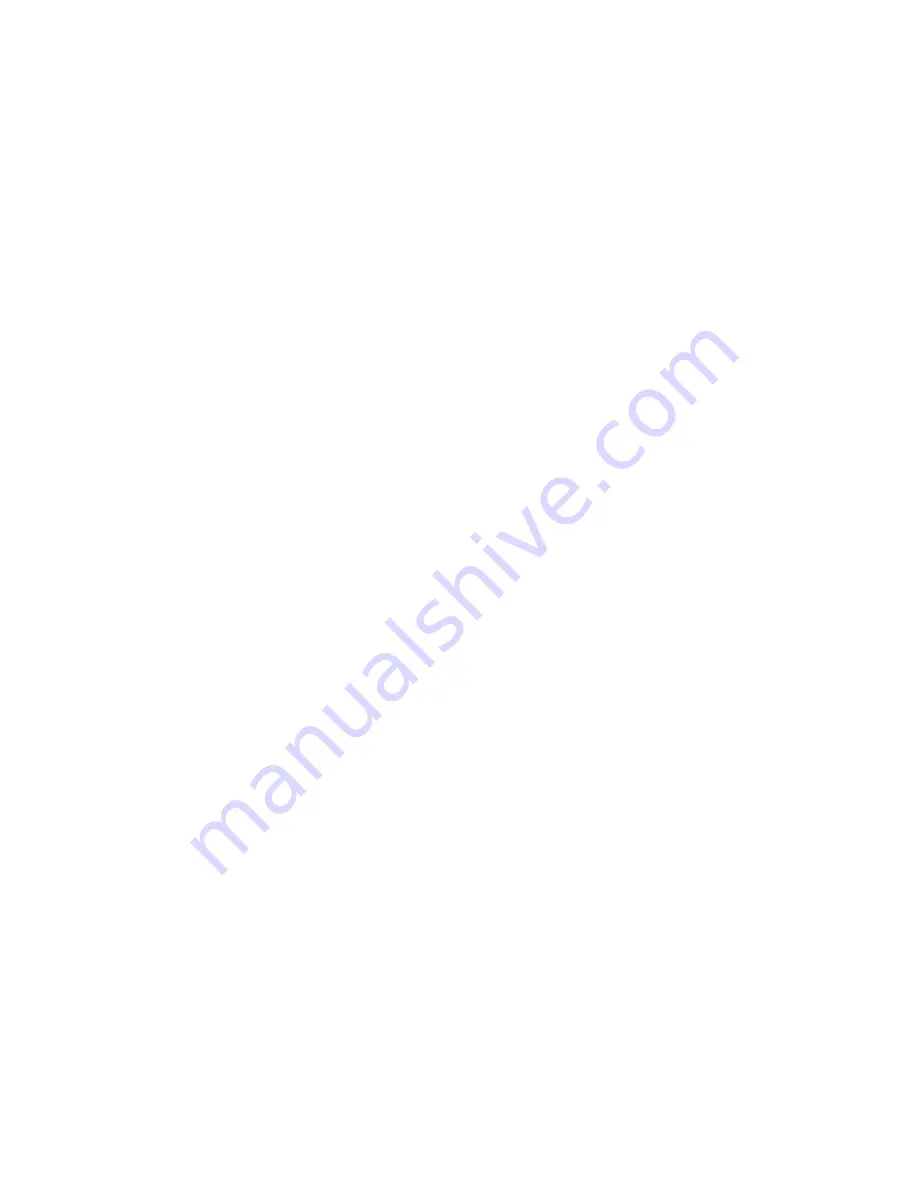
2.
Mute out Rhythm Track 2 and 3 so that all you have is the Synth Track playing and Rhythm Track 1.
3.
At this point you will probably want to decide what you want to record into the Free EG track, how
long you want it playback and how you want it to play. Well, let me make that decision for you this first
time:
a.
First, let’s record some whacked harmonic stuff by tweaking the [HARMONIC] knob.
b.
Now, let’s record something over a 4 measure long Free EG sequence. To set this up, simply
press the [LENGTH] button located in the upper right of the front panel in the FREE EG
section. The LED should read “Ln” and then a number right after it. Move the DATA knob until
it reads “Ln 4”. You now have made your Free EG sequence 4 measures long. Press the
[EXIT] button after your done.
c.
Now let’s make it alternate it’s playback, playing it forward first, then backward! To do this,
press the [MODE] button. In this mode you can select a playback “Type” of forward, alternate,
forward half or alternate half. You can also set up how you want to trigger your Free EG (either
Freely, from MIDI in notes, from the start of the sequencer or from any note). Let ’s just set the
playback Type to Alternate by pressing [MODE]. When you press the [MODE] button the LED
will first read either “type ” or “trig”. You can toggle through what you want to change by
pressing the [MODE] button. Select “type” and move the DATA knob so that the LED display
reads “Alt”. Press the [EXIT] button after your done.
4.
Hit the [RECORD] button (the RED one) and you will be in Record Standby Mode ([PLAY/STOP]
button is blinking). When you are ready to record your track, hit the [PLAY/STOP] button. You get a
one-measure count off. Record some tweaks of the [HARMONIC] knob, preferably in time with the
groove. When you’re done, press the [PLAY/STOP] button to stop, and then hit it again to hear what
you did. You should hear the noise bursts you recorded into the Free EG.
Think about it: How much cool stuff could you do with Free EG? The ability to record 31 parameters?
And have them all sync to the tempo of the pattern? Very cool, very powerful. Use your
imagination…
The DX200 Plug-in Editor and XG Works Lite Software:
If you have a PC, I can’t stress how cool it is to link your DX200 up with the Plug-in Editor and XG Works
Lite. First of all:
1.
You get a real, honest-to-goodness linear sequencer with XG Works Lite. You can create sequences
just like you can with other software sequencers, do all the cut/copy/paste editing, quantizing, etc. If
you have a MIDI keyboard, the DX200 becomes a 4 -part multitimbral synth module. Cool.
2.
You get a great pattern and voice editor with the DX200 Plug-in
editor that adds on to XG Works Lite. This give you a great graphical software front end for your
DX200 and allows you to get to features that you can’t get to from the front panel of the DX200 (like a
MUCH more in -depth voice editor that allows you to change the envelope generator for each
operator).
And it’s FREE! This is all good.
FAQ's
Q
. I wish there were a quick way to move all of the events in a pattern to a selected value. For
example, say I wanted to move all of the notes in the synth track to a value of -11. Do I have to do it
to each of the 16 steps, one knob at a time?
A
.
No: To change all of the values at once, hold
SHIFT
and press the [STEP 1-8] button. Select the value
you wish to change (Pitch, Gate Time, Velocity, or Instrument Select in the case of the Rhythm Tracks) as
outlined above. Then simply press and hold
SHIFT
button and move the knob associated with Step 1—the
[PORTAMENTO] knob. This will change all of the tracks at the same time.
Q
. I noticed that there were only 4 effects available listed on the front panel: Delay, Flanger, Phaser
and Ove Amp Simulator. Aren’t there supposed to be more effects available?
Page 7 of 9
DX200 Desktop FM Synthesizer - Power User Guide
4/17/03
file://J:\Yamaha\dmi\products\dx200\poweruser.htm

























